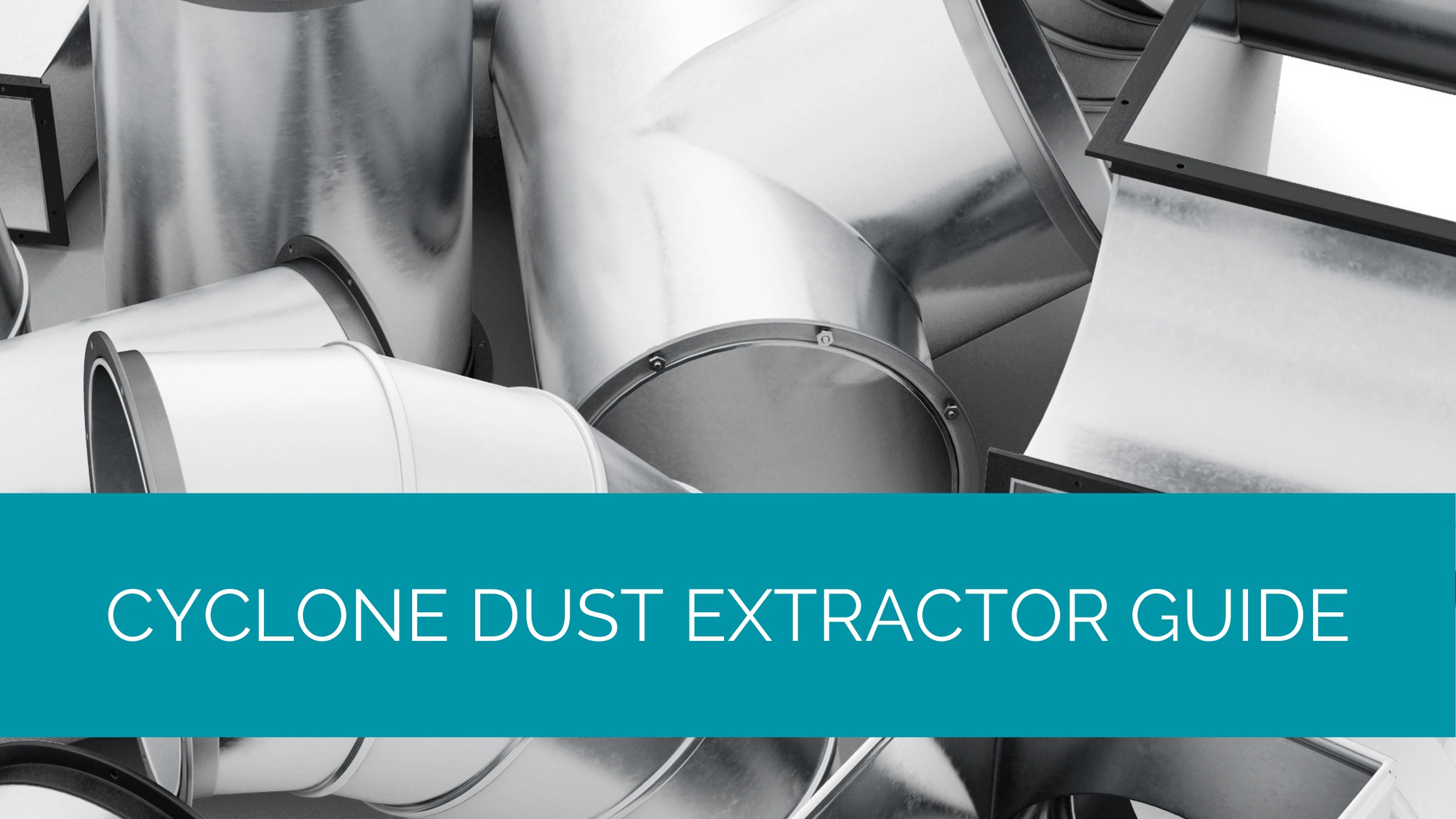There is no doubt that cyclone dust extractors have earned a worthy place within the world of professional workshops.
The combination of exceptional capabilities and impressive performance has indeed made them a staple part of workshops across the country.
These exceptional pieces of equipment are starting to make their way into domestic homes too, and with good reason. Allow us to guide what a cyclone dust extractor is, how it works, and the key benefits.
Contents
An Introduction to Cyclone Dust Extractors
 Dust has to be one of those things in life that can go beyond being an annoyance. Both for commercial and domestic settings, the accumulation of dust can happen at a very rapid pace.
Dust has to be one of those things in life that can go beyond being an annoyance. Both for commercial and domestic settings, the accumulation of dust can happen at a very rapid pace.
At times, it may feel like a mission impossible to keep on top of it. Cyclone dust extractors provide a superior means to collect dust and particles, and this provides a wealth of benefits, some of which we will discuss a little later.
What Is a Cyclone Dust Extractor?
A cyclone dust extractor is a two-stage dust collector that can provide a superior result compared to a traditional dust collector, which only has one collection point.
How Does A Cyclone Dust Extractor Work?
How does this system work, and what makes it better than its traditional counterpart as part of the dust extraction process? Well, a cyclone dust extractor has two collection points for dust and debris. These collection points work as follows:
- The first collection point – This point collects larger pieces of debris. For instance, within a workshop, it may collect planer debris.
- The second collection point – This collection point is for fine dust. For instance, the dust that comes from sanding work that is carried out in the workshop.
When you switch a cyclone dust extractor on, the large pieces of debris and fine dust go on a short journey to a particular end. Let’s follow them on their inevitable adventure.
Firstly the dust ports draw the waste into the air stream. Once the air (along with debris) has entered the machine, it lives up to its name and creates cyclonic action. This means that the air spins around within the cyclone housing of the dust extractor.
As this process takes place, any large debris will drop down and make its way into the first container, which we mentioned above. On the other hand, the fine dust will be pressured upwards and will find itself in a filter canister. Any fine dust that has not made its way upwards will be collected within the second compartment.
What Are the Benefits of a Cyclone Dust Extractor?
Cyclone dust extractors come with countless benefits. Allow us to outline several key ones:
Dust Stays at a Minimum
 The innovative technology used in these pieces of machinery means that there is a significant reduction in how much dust enters the filter. This means that less dust can get into the air by escaping from the machine.
The innovative technology used in these pieces of machinery means that there is a significant reduction in how much dust enters the filter. This means that less dust can get into the air by escaping from the machine.
This serves two important purposes. Firstly, it provides a clean and hence safer environment for all to work in. Secondly, it keeps the workshop clear of dust, making it a more efficient place to work.
Cuts down on the Risk of Damage
The system works by ensuring that large pieces of debris are drawn down into the first compartment. This provides considerable benefits as it eliminates the risk of damage being caused if such large amounts of wood or debris hit the impeller.
Provides the Machine with a Longer Life
Machinery does not come cheap, so doing whatever is possible to extend the life of machinery is undoubtedly a wise investment.
Since a cyclone dust extractor will separate waste and ensure that large debris pieces are collected rather than enter the filter cartridge, the filter suffers from much less build-up of debris. Hence the machine can run more efficiently and ultimately keep going for longer.
Conclusion
There is no doubt that cyclone dust extractors are an excellent choice for keeping dust to a minimum within a workshop and providing a cleaner, safer and more efficient place to work.

